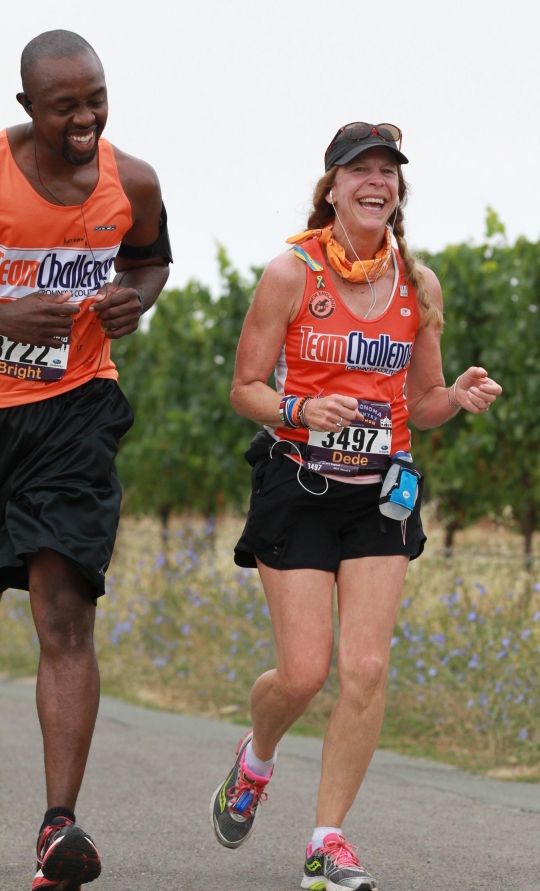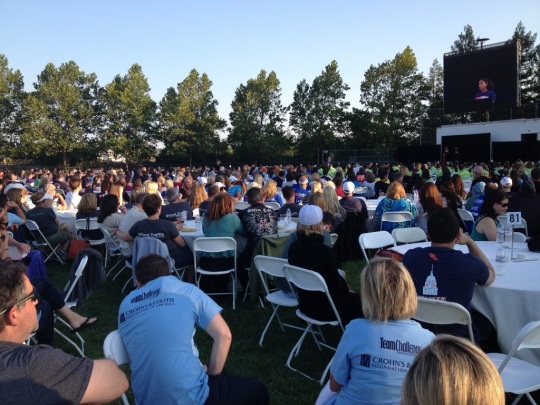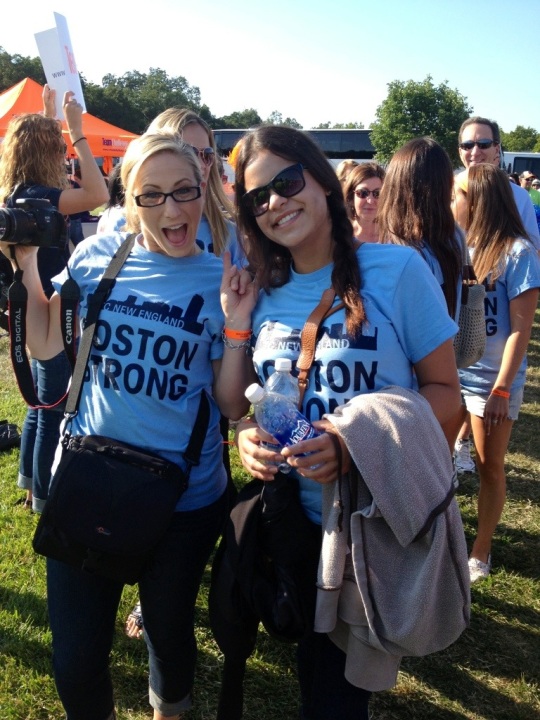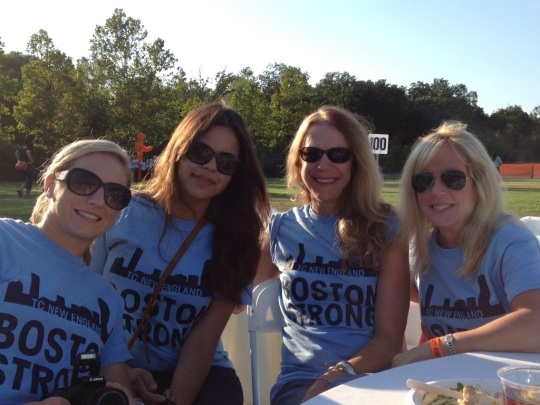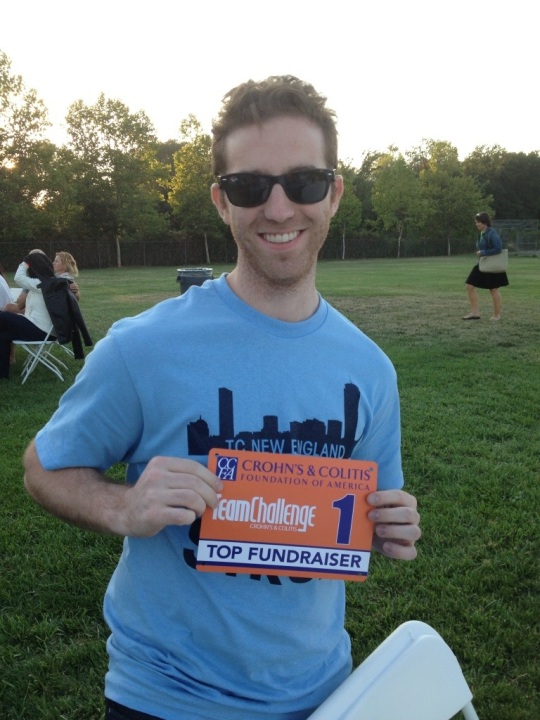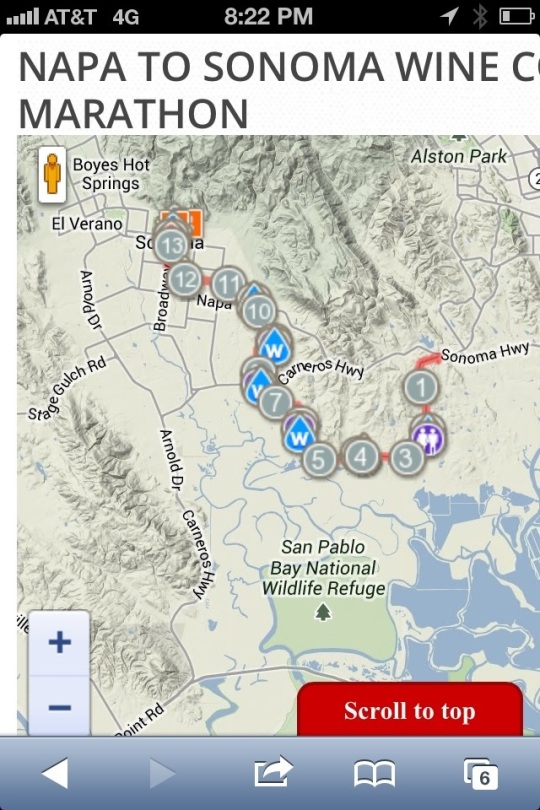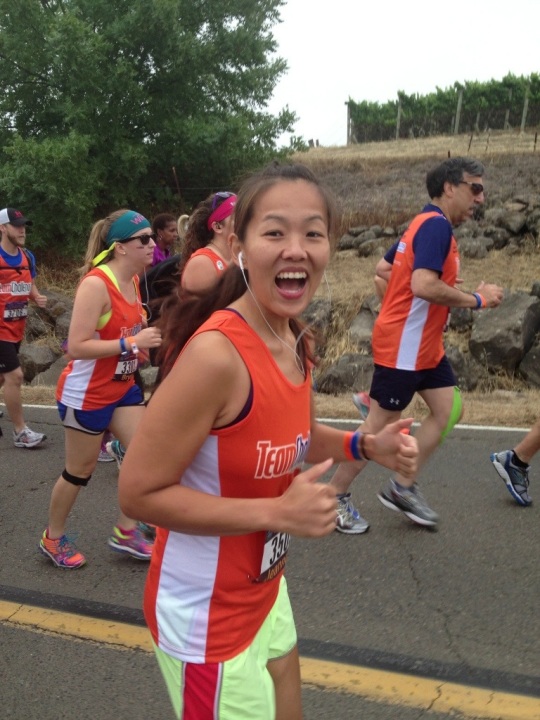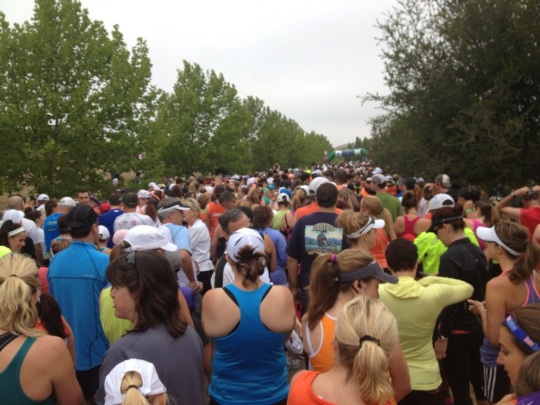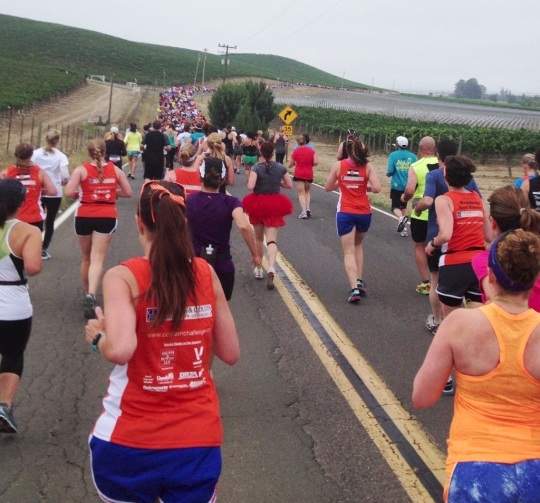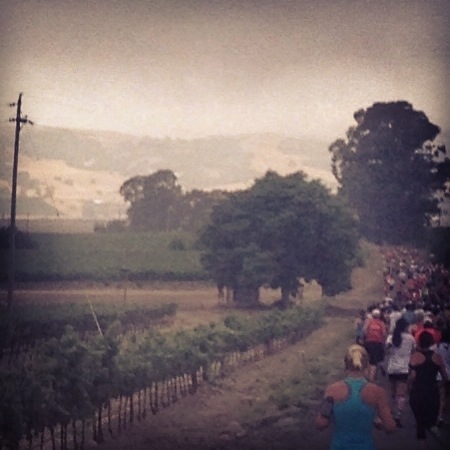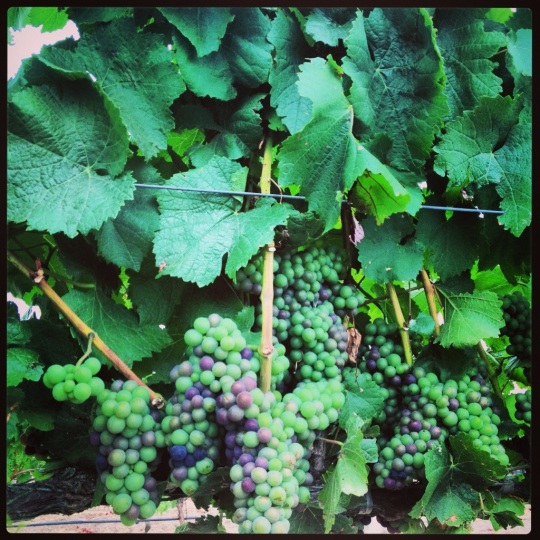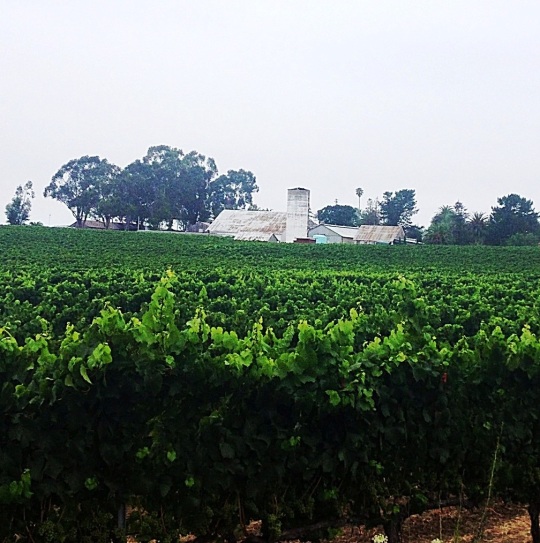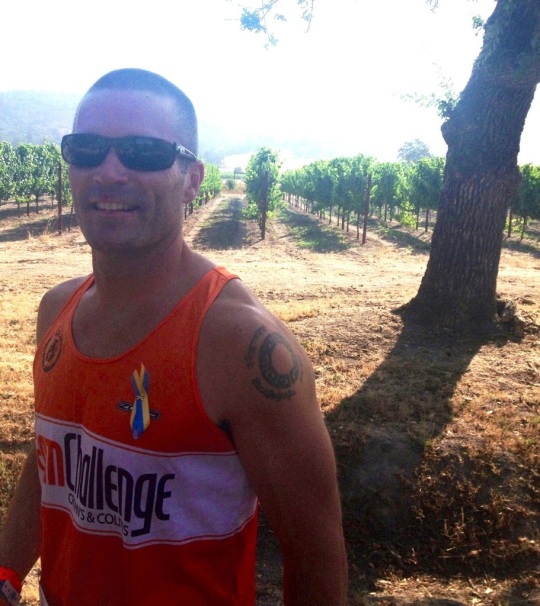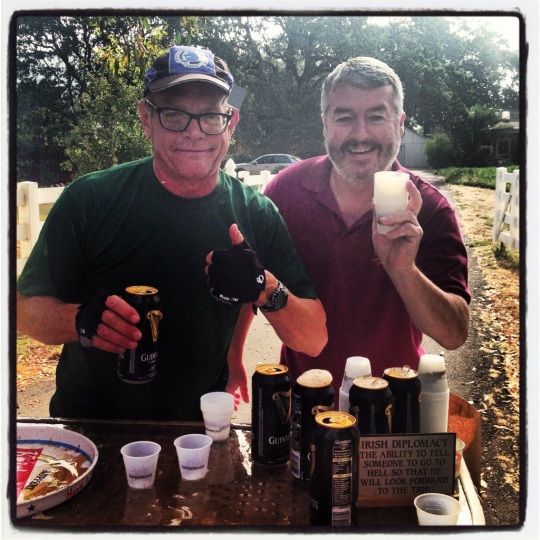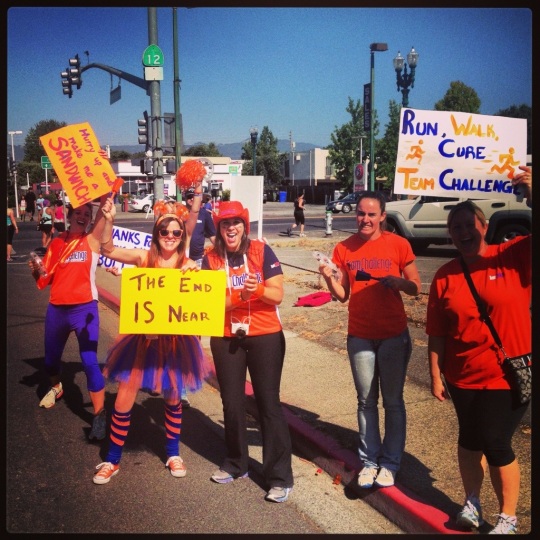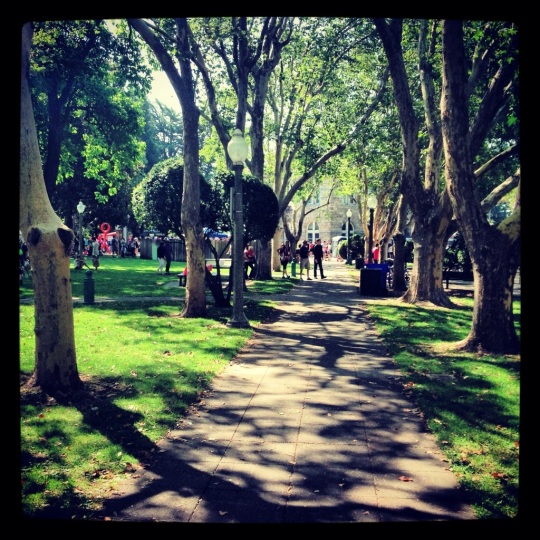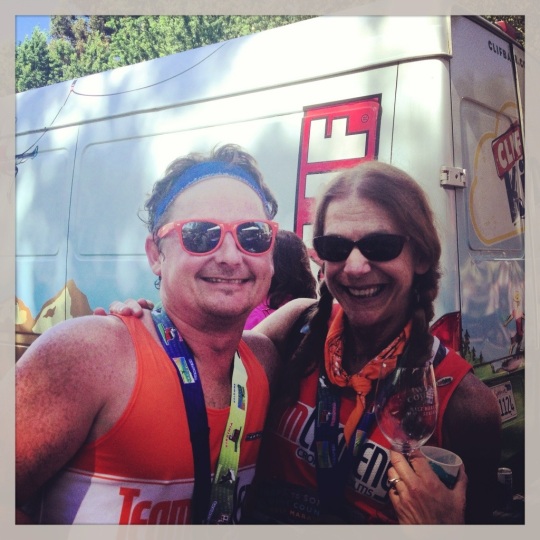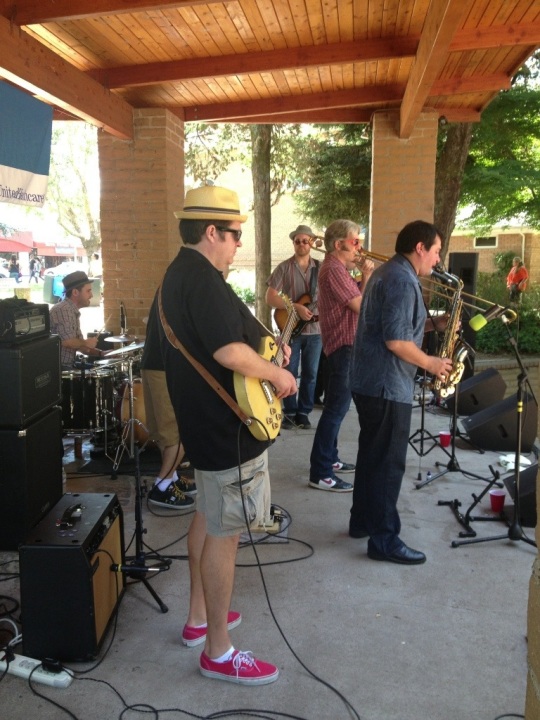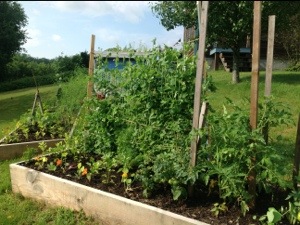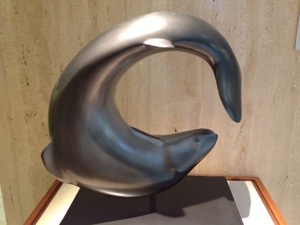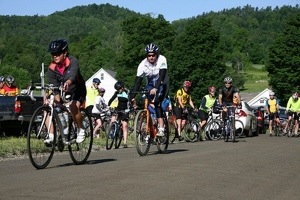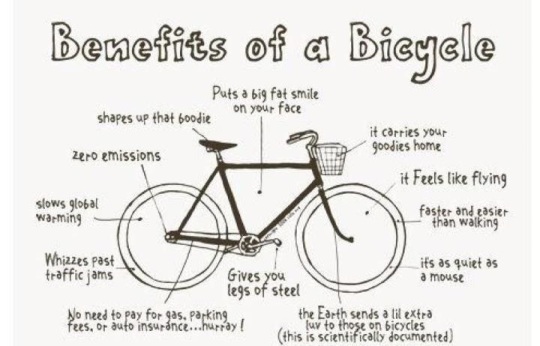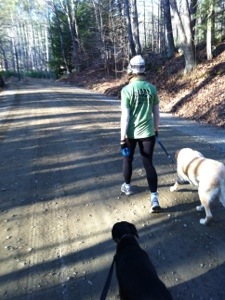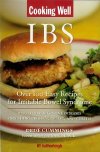On July 21st, Brattleboro, Vermont resident, Dede Cummings, ran the Napa-to-Sonoma Wine Country Half Marathon with Team Challenge New England to raise funds for the Crohn’s & Colitis Foundation of America (www.CCFA.org). This was her second Half Marathon with Team New England, and there were over 3,500 runners competing, with 672 from the CCFA.
Cummings ran to raise research funds for the CCFA, whose mission is to find a cure for Inflammatory Bowel Diseases and improve the quality of life of the 1.5 million American adults and children who suffer everyday, with a time of 2-1/2 hours and she placed in the middle of the racers on race day.
Since she is from Vermont, she ran with Team Challenge from New England, and the group wore “Boston Strong” T-shirts. Team New England raised the most money of all the teams, over $400,000. The total money raised for the event was over $2.4 million dollars of which 80% goes to research. There were teams from across the United States, running to raise money for the Crohn’s & Colitis Foundation of America.
Cummings also ran for Ryan McMahon, a former team challenge runner who was injured in the Boston bombing. She is now part of a group called Run for Boston (#runforboston), which is motivated to raise awareness for running as well as for the increase in inflammatory bowel disease worldwide.
According to Cummings:
At mile 12, we turned right and entered the small city of Sonoma. At this point people were lining the street, and urging us on, which was great. Both of my calves cramped up pretty badly, and I was kind of nervous. I could see the finish line ahead of me, and I thought I might have to sit down and not finish! I have to admit, I did get a little choked up when I crossed the finish line, and I felt really proud of myself for living with Crohn’s disease, yet still living my life to the fullest even after surgery to remove a portion of my small and large intestine.
She is still trying to make her fundraising goal—with an extension until August 21st.
The website address for on-line donations is: http://www.active.com/donations/fundraise_public.cfm?ckey=napaNE13&force_a2=y&key=TCNE_Napa13DCummin1
Donations can still be made using this website,
or a check made out to CCFA can be mailed to her
at 34 Miller Road, Brattleboro, Vermont 05301.
My second Team Challenge Half Marathon was a wonderful event! We arrived on Friday, and Saturday morning I met up with my old college roommate, and we went out to Point Reyes National Seashore.
The night before the race, we had a pasta party, and two inspirational speakers living bravely with IBD (inflammatory vowel disease) spoke— Saskia Madison and Michael Ginzberg. Since I am from Vermont, my state is too small to have a state team, so I am on Team Challenge from New England. We wore our special “Boston Strong” T-shirts. Team New England raised the most money of all the teams, over $400,000.
I also ran for Ryan McMahon, a former team challenge runner who was injured in the Boston bombing. I am part of a group called Run for Boston (#runforboston), and I am motivated to raise awareness for running as well as to raise awareness for the increase in inflammatory bowel disease worldwide.
There were teams from across the US to raise money for the Crohn’s & Colitis Foundation of America: 2.4 million was the total, of which 80% goes to research. I’m quite proud to be a part of this wonderful organization.
Race day, we got up at 4:30 a.m. to have breakfast and meet the bus to take us to Napa. We all congregated at a wine vineyard there — and there were over 3,500 runners—630 were from all the Team Challenge state chapters.
Before the start, people lined up along the vineyard road, and when the gun went off it took a long time to get moving — especially back where I was pacing myself at 11-12 minute miles!
We finally got moving, and took a left for the first leg of our route that went uphill pretty steadily for around a quarter mile. At the crest of the hill, I was amazed to see a long line of brightly-clad runners as far as the eye could see.
On either side of the road and the mass of runners, there were rows and rows of grape vines. In the distance, as the morning fog was rising, I could see the Mayacamas mountain range rising up from the floor of the Napa Valley.
There were mile markers, and water stops along with port-o-potties along the way. It was so pretty with the grapevines, and some beautiful old wineries, that didn’t really seem too arduous.
By mile 6, I ate one of my Cliff bars, and started to feel a little tired. But they had live music, mocha shots, and Gatorade, so it wasn’t too bad.
I just kept a really steady pace, and I listen to a lot of music, and that really helped my motivation.
Around mile 10, there was a stand on the side of the road, and two men were giving away glasses of Guinness beer.
At mile 11, one of my coaches, Dave, ran with me for a while and that was wonderful. The coaches for team challenge are amazing!
Soon after, there was a place where you could get glasses of wine, and that was pretty fun, but I didn’t get any— for fear of getting a headache!
At mile 12, we turned right and entered the small city of Sonoma. At this point people were lining the street, and urging us on, which was great. Both of my calves cramped up pretty badly, and I was kind of nervous. I could see the finish line ahead of me, and I thought I might have to sit down and not finish!
When I was within a few hundred yards from the finish, a coach from Seattle named Chris came along and ran with me — he could tell I was really pretty exhausted.
He was very calm when he told me to just take it easy and run slowly to the finish line, and then walk it off, which I did.
I have to admit, I did get a little choked up when I crossed the finish line, and I felt really proud of myself for living with Crohn’s disease yet still living my life to the fullest.
I’m still trying to make my fundraising goal—I have until August 21st and it’s a great cause!
I met so many amazing people through Team Challenge, many of whom are a lot sicker than I am. It is really inspiring AND fun. I really recommend this!
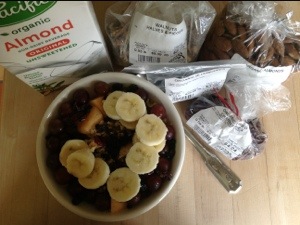 A New Diet…. Begun just over four weeks ago, is really helping! I am inspired by my friend, and fellow Crohnie, Katy Haldiman, RN, MS, The Paleo Nurse, and my consultants, Jordon Reasoner, and Steve Wright of SCD Lifestyle, to try a simplified diet to help my recent recurrence of Crohn’s from spreading.
A New Diet…. Begun just over four weeks ago, is really helping! I am inspired by my friend, and fellow Crohnie, Katy Haldiman, RN, MS, The Paleo Nurse, and my consultants, Jordon Reasoner, and Steve Wright of SCD Lifestyle, to try a simplified diet to help my recent recurrence of Crohn’s from spreading.
Crohn’s is not easily deterred. I was so lucky to have seven years of clinical remission. It was only in the last year, that my disease spread. My last seven years have been filled with hope and health, and it is easy to fall into despair when the doctors tell you that your disease has gone from nonexistent to “severe.”
~
Rather than saying “Woe is me,” and spending time feeling sad and useless (I did a lot of that, believe me), I decided to take action, and try to live the words of the Dalai Lama:
“Scientists say that a healthy mind is a major factor for a healthy body,” His Holiness said. “If you’re serious about your health, think and take most concern for your peace of mind. That’s very, very important.”
That said, I am on my way to health, for sure—no time to sit on my cushion meditating (I do that daily for a few minutes still); rather, I need to stay focused and take care of my body: better food, sleep, stress relief, education, awareness, team building, satisfying work, making money enough to live on, giving back to my community and the world…working for peace, justice, and environmental sustainability. According to His Holiness the XIV Dalai Lama, peace of mind is essential for health—words to live by.
This new diet, very much like The Paleo, is giving me strength and vitality. It is not for everyone—and I always tell people you must proceed with a doctor’s knowledge, for Crohn’s and UC can be serious, even fatal, if not managed correctly. I have worked really hard to form a collaborative team—my own book’s co-author, Jessica Black, ND, is my stalwart supporter and her book, The Anti-Inflammation Diet and Recipe Book has just come it in a second edition and has sold almost 100,000 copies! Jessie is an amazing health practitioner.
~
I have eliminated ALL grains and dairy from my diet—woohoo! What a difference. I found this great site, and I can use almond meal flour (also coconut flour), and I eat fruits and veggies, nuts and animal protein pretty much non-stop. I had an adjustment for the first week, as I really missed my oatmeal in the morning, but as you can see from the photo, my morning meal is wonderful and tasty, too.
I hope this post inspires people to look at their own diets, and proceed with caution (this diet is not recommended if you have flare-up symptoms of Crohn’s or ulcerative colitis). I began this diet with no symptoms, and after the first week, I started to feel like I had more energy, and my stress levels are kept low by walking 4 miles a day and sleeping 8 hours per night.
I’ll post some more photos of my wonderful meals… Summer is the best time to do this diet: only organic fruits and veggies and meat must be antibiotic-free, grass-fed…that whole thing! I buy all local meat, eggs, fruits and veggies… And I plan on putting up and preserving a lot of them this summer so I can continue summer’s bounty from my freezer (and canning room) during the cold Vermont winter!
I also have a nice little garden growing…. Kale, and more kale! Plus, tomatoes, green beans, lettuce, spinach, onions, asparagus, etc. growing your own food is another way to reduce stress and get physically fit—gardening is good for upper body strength!
Having returned from Mayo, I want to post a quick update…. I’m good, under the circumstances—not going to let having this disease change things too much. I saw my GI at Dartmouth yesterday. He was surprised I went to the Mayo Clinic, but understands how seriously I consider taking DNA-altering drugs, and drugs that affect my immune system, etc. His colleague, Corey Siegel, is doing a study of using a different kind of Tumor Necrosis Factor (Alpha) inhibitor (big fancy words I am loving to say, but suffice it to say it is human and not mouse-tissue based); the results of which will be available in a few weeks. They want me to wait since I have no symptoms, and waiting is what I do best!
Dr. Bensen said if I take the drugs, they are seeing the best results with the TNF(A) Biologic (he mentioned Humira) (also Remicade and Cimzia), combined WITH the immunomodulator, 6MP, for the best results for full remission, at 40-60%. He said if I take the Imuran alone, my chances of getting results are not as efficacious. This, I do understand. He feels the Mayo Clinic’s recommendations are not fully in line with his, and Corey Siegel’s, “front-line” offense approach.
~
In the meantime, I am (seriously!) looking into taking whipworms….you know how much I love creepy crawly things! Seriously, there is a new study, and you can read about it here.
It is nice to be back home in Vermont…. The day I left Rochester, Minnesota, there was a blizzard and they got around 13 inches of snow in MAY!
I am working on a longer post about the stress reduction class I tool, the Eastern medicine and work of Amit Sood, MD, and the integrative medicine at the Mayo Clinic.
Here are a few more photos from Mayo (top, Fish, by Gordon Gund a patient; bottom statue study for the “Les Bourgeois de Calais,” by Aguste Rodin…a huge statue that is very powerful and stands in the middle of a busy atrium cafeteria looking anguished; and last but not least, the dancers I really fell in love with in the hallway near the blood work laboratories!)…
Most research on digestion, and the associated bowel diseases that are unfortunately on the rise in the world, starts with food and chewing. They talk about the act of chewing (mastication), and how the food is broken down with saliva, and goes down the esophagus, where it then enters the stomach and is further broken down (peptides and stomach acid)—then the slowly digesting food enters the small intestine.
We get the basic science of food and sustenance. I am interested in what happens INSIDE the small and large intestines, and why, for some of us, the microbial balance is disrupted resulting in bowel disease—which, in some cases like Crohn’s can be incurable and a lifelong struggle.
The small intestine is in fact smaller (in diameter) than the large intestine. It is where vital absorption of nutrients for the body’s health occurs. I think of it this way— to use a road biking analogy—if your tires are inflated, and the road is smooth, the inner tube is fresh and new, your feet are on the pedals and the movement spins the wheel with a steady and productive ease, then your digestive tract functions as it should. All antigens, are dealt with swiftly, and promptly, with the T-helper cells, and white blood cells, doing their job like a little army of white-suited patrols, following behind you like a bicycle sag-support wagon. The road is flat—no bumps, or traffic jams, or debris!
An antigen is any substance that causes your immune system to produce antibodies against it. An antigen may be a foreign substance from the environment such as chemicals, bacteria, viruses, or pollen. An antigen may also be formed within the body, as with bacterial toxins or tissue cells.
~
I won’t bore you with the details… But I did get into an argument the other day with my friend, Geoff. He tends to be a “know it all,” but then again, I pretend to be one, too! I said, “the digestive tract is longer than a football field!” To which he replied, “You’re wrong, and that’s crazy!” Together we looked on Google and found that the length of the digestive tract is about 20-30 feet, which is the WIDTH of a basketball court!!
Duly chastised, I began to ponder the sports field/court analogy, and the physical image/link to gut disease…. We, especially Americans, “get” the length of a court or a football field — soccer, maybe not so much! The physical representation, or image, of the digestive tract spread out in one long line across a basketball court makes me smile and cringe at the same time. I love basketball, don’t get me wrong! My daughter played D3 ball, and I am a big Carolina fan, but last night I was watching the Duke-Maryland game (Blue Devils lost!), and my mind occasionally saw a black line across the court. . . .
~
Now that we know the length of the digestive tract, let me add by saying the small intestine is much longer, and more vital to our nutritional health. There is an excellent research site and description of the process from a bio-chemical perspective here.
Below, is a description of the process of digestion, and note that in Celiac disease, the villi is damaged and does not function as it should. For those of us who most likely have what Dr. Kalish refers to as sub-clinical gluten intolerance, or Leaky Gut (damage to mucosal lining), it is imperative to strengthen our immune system which can become compromised: lifestyle changes, supplements, and Eastern medicine are all great ways to help us balance and strengthen our immune systems. For us Crohnnies, the actual wall of the small intestine is damaged, for uc-ers, the large intestine is inflamed and irritated, but can be removed to alleviate symptoms.
The small intestine is a long and narrow tube about 6 to 7 meters (20 to 23 feet) long. Food completes its chemical decomposition in which a compound is split into other compounds by reacting with water in the small intestine with the help of the liver, pancreas, and intestinal glands who pour their secretions into it. In the small intestine, there are an enormous number of tiny projections called villi, which absorb the end products of digestion. Villi and folds in the walls of the small intestine cover the lining and greatly increases the surface for absorption, which contributes to the length of the small intestine. The human small intestine has a surface area about ten times greater than the skin surface.
The large intestine is wider in diameter but shorter than the small intestine. It is only about 1.5 meters (5 feet) long. There is no decomposition of food in the large intestine. Bacteria in the large intestine break down any quantity of proteins that have not been completely digested. The large intestine is mostly used to store feces or waste, which consists of 10 to 50 percent of bacteria, undigested cellulose of plant cell walls, minerals, and water. This is then eliminated through the anus. (Physics Factbook)
The circular bicycle wheel image, for me, is much more compatible with my idea of the function of the small bowel. The large snakelike image of the width of the basketball court helps to justify the length in my mind, but the real process—that of digestion—is vital to our health, and it is our job to keep the tires smooth and running.
Happy spring everyone! Get out your bicycles, and tune them up! April 1st marks the beginning if the “Living With Crohn’s & Colitis Bicycle Challenge”…. Please post your progress here, and on our Facebook and Twitter pages—if you can’t ride, try walking every day!
Last, but not least, if you want to support me in my Half Marathon for the Crohn’s & Colitis Foundation (www.ccfa.org) this summer, please check out my fundraising page. I am excited to run with Team New England, and you can read why, here….

